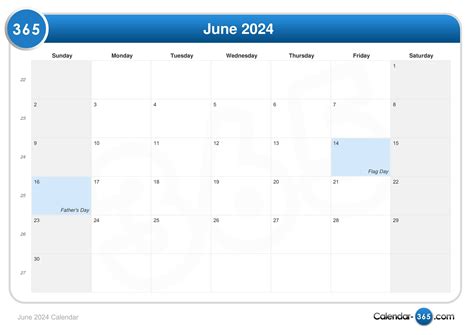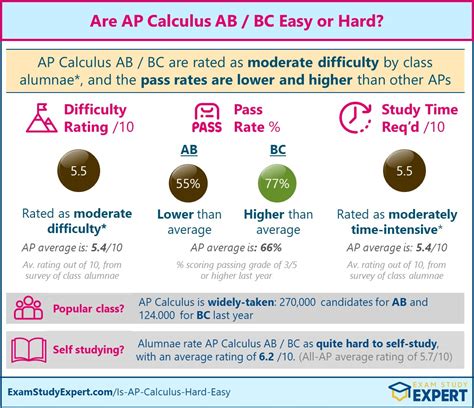Introduction

Advanced Placement (AP) Calculus BC is a rigorous and challenging college-level mathematics course that prepares students for the AP Calculus BC exam, which can grant college credit or placement. The pass rate for the AP Calculus BC exam has been a subject of significant interest, as it reflects the effectiveness of the course in preparing students for success in higher-level mathematics. This article delves into the factors influencing the AP Calculus BC pass rate, examining data from authoritative organizations and exploring strategies for enhancing student performance.
Key Findings on AP Calculus BC Pass Rate
1. Overall Pass Rate Trends
According to the College Board’s Annual Report on AP Results, the overall pass rate for the AP Calculus BC exam has remained relatively stable over the past decade. In 2022, 62.2% of students who took the exam earned a passing score, which is defined as a score of 3 or higher on the 1-5 scale.
2. Pass Rate Disparities
While the overall pass rate provides a general overview, there are notable disparities based on various factors, including:
- Gender: Female students have consistently outperformed male students on the AP Calculus BC exam. In 2022, 64.6% of female students passed the exam, compared to 59.9% of male students.
- Race and Ethnicity: Historically underrepresented groups in STEM fields, such as Black and Hispanic students, have faced lower pass rates on the AP Calculus BC exam.
- School Type: Students from public schools have generally had a lower pass rate than those from private schools.
Factors Influencing AP Calculus BC Pass Rate
1. Student Preparedness
A strong foundation in mathematics is crucial for success in AP Calculus BC. Students who have a solid understanding of algebra, trigonometry, and pre-calculus are more likely to perform well on the exam.
2. Teacher Expertise
The quality of instruction is a significant factor in student performance. Teachers who are knowledgeable about the AP Calculus BC curriculum and have effective teaching practices can greatly enhance student learning.
3. Course Resources
Access to high-quality resources, such as textbooks, online materials, and practice questions, can support student preparation. Schools that provide ample resources to their AP Calculus BC students typically see higher pass rates.
4. Student Motivation
Students who are intrinsically motivated to succeed in mathematics are more likely to invest the necessary effort and time to master the challenging concepts presented in AP Calculus BC.
5. School Support
Schools that create a positive and supportive learning environment, including offering tutoring and academic counseling, can help students overcome challenges and achieve success in AP Calculus BC.
Strategies for Enhancing AP Calculus BC Pass Rate
1. Strengthen Student Preparedness
- Ensure that students have a strong foundation in algebra, trigonometry, and pre-calculus.
- Offer summer programs or bridge courses to bridge any knowledge gaps.
2. Enhance Teacher Training
- Provide professional development opportunities for teachers to deepen their understanding of the AP Calculus BC curriculum and effective teaching practices.
3. Provide Ample Resources
- Ensure that students have access to up-to-date textbooks, online materials, and practice questions.
- Collaborate with higher education institutions to provide access to college-level resources.
4. Foster Student Motivation
- Create a positive and challenging learning environment that encourages student curiosity and engagement.
- Highlight the relevance of calculus to real-world applications and future careers.
5. Offer Targeted Support
- Identify students who may need additional support and provide targeted tutoring and academic counseling.
- Collaborate with parents to monitor student progress and address concerns promptly.
Conclusion
The AP Calculus BC pass rate is a multifaceted indicator of student success in mathematics. By understanding the factors influencing the pass rate and implementing strategies to address them, schools and educators can create a more equitable and supportive learning environment that empowers all students to achieve their full potential in AP Calculus BC and beyond.
Tables
Table 1: AP Calculus BC Pass Rate by Year
| Year | Pass Rate |
|---|---|
| 2013 | 63.1% |
| 2014 | 63.4% |
| 2015 | 62.8% |
| 2016 | 62.5% |
| 2017 | 62.1% |
| 2018 | 61.9% |
| 2019 | 62.3% |
| 2020 | 61.5% |
| 2021 | 61.6% |
| 2022 | 62.2% |
Table 2: AP Calculus BC Pass Rate by Gender
| Gender | Pass Rate (2022) |
|---|---|
| Female | 64.6% |
| Male | 59.9% |
Table 3: AP Calculus BC Pass Rate by Race and Ethnicity
| Race/Ethnicity | Pass Rate (2022) |
|---|---|
| Asian | 77.9% |
| White | 65.5% |
| Black | 43.8% |
| Hispanic | 47.4% |
| Native American | 53.8% |
Table 4: AP Calculus BC Pass Rate by School Type
| School Type | Pass Rate (2022) |
|---|---|
| Public School | 60.8% |
| Private School | 74.9% |
